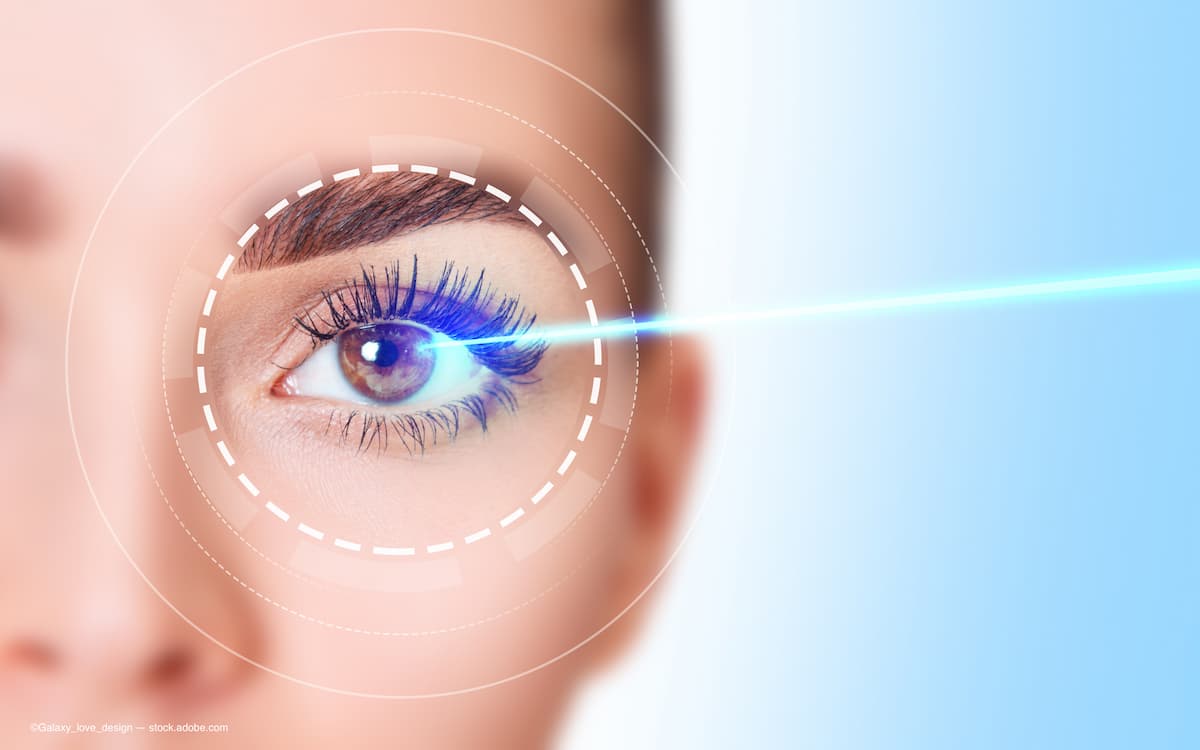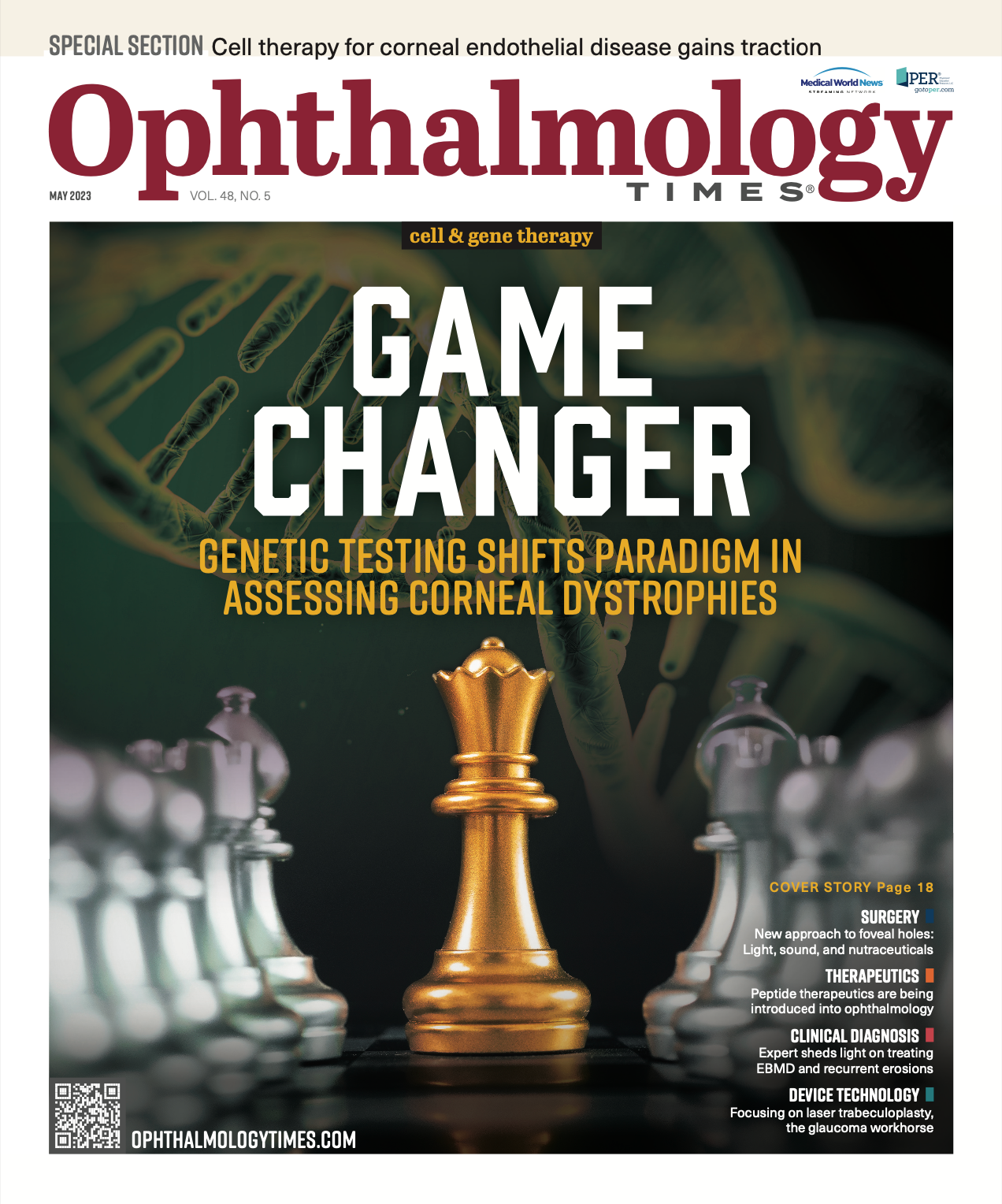Publication
Article
Digital Edition
Focusing on laser trabeculoplasty, the glaucoma workhorse
Author(s):
Debate continues over the best way to apply the treatment option.
(Image Credit: AdobeStock/Galaxy_love_design)

Reviewed by Yasemin Sozeri, MD
Laser trabeculoplasty is the workhorse in open-angle glaucoma, and can be used to treat patients with various stages of glaucoma. Interestingly, however, the best way to apply it to the glaucoma treatment algorithm is still debated.
Yasemin Sozeri, MD, discussed the role of laser trabeculoplasty in managing the disease and relevant major clinical trials during the Cleveland Eye Bank Foundation’s Virtual Vision Research Symposium in February. Sozeri is an assistant professor in the Department of Ophthalmology and Visual Sciences at Case Western Reserve University and a glaucoma and cataract specialist at University Hospitals Eye Institute in Cleveland, Ohio.
Possible laser trabeculoplasty theories
There are 3 theories about laser trabeculoplasty’s mechanism of action in lowering IOP.
The first is the mechanical theory, which suggests that the laser causes thermal changes resulting in contraction in the trabecular meshwork that opens adjacent spaces, thus allowing increased aqueous flow. The cellular theory postulates that the laser affects the cells in the trabecular meshwork and causes them to divide and repopulate the meshwork. Finally, the biochemical theory, which is the preferred theory, suggests that the laser increases chemical mediators that lead to remodeling of the trabecular meshwork and improved aqueous outflow, Sozeri explained.
Laser trials
Argon laser trabeculoplasty (ALT) was initially the go-to procedure, but it was replaced by the selective laser trabeculoplasty (SLT), a YAG laser.
The AGIS study (NCT00000148), an early trial, evaluated ALT in advanced glaucoma. The major outcomes were that laser trabeculoplasty was successful after 10 years in approximately 50% of patients regardless of race.
Sozeri noted the Glaucoma Laser Trial (NCT00000144) evaluated laser trabeculoplasty in newly diagnosed glaucoma compared with timolol. The 2-year results showed that in the medication arm the IOP was approximately 2 mm Hg higher than the laser arm. Longer-term evaluation showed that approximately 40% of patients had IOP controlled with no or 1 medication compared with 15% of those in the medication arm who were on 1 medication.
Moreover, Sozeri noted that studies in the 1990s evaluated SLT, which targeted the pigment cells in the trabecular meshwork in contrast to application of large thermal burns in the earlier trials. Comparison trials of ALT vs SLT showed comparable IOP-lowering effects but less inflammation in SLT-treated patients. SLT also seems more beneficial in patients undergoing second laser treatments.
The 2019 3-year LIGHT trial compared SLT with prostaglandin analogue eye drops in primary open-angle glaucoma and ocular hypertension. The finding was that in the SLT-treated group, more than 90% of patients had IOP controlled on no or 1 medication in contrast to 67% of patients on medication. “It was most remarkable that the SLT-treated patients needed fewer glaucoma surgeries over the course of the study and the costs were lower for patients,” Sozeri commented.
The SALT trial (NCT00981435) evaluated the effectiveness of perioperative anti-inflammatory drops instilled after laser trabeculoplasty and found a slightly improved IOP decrease at 12 weeks compared with placebo drops and laser trabeculoplasty. This study had a number of limitations, including short duration, small sample, patients receiving an anti-inflammatory in the laser group and thus having higher preoperative IOPs compared with the placebo group, and more patients who underwent 360° treatment compared with the placebo group.
A new National Eye Institute, randomized, controlled trial (COAST; NCT04757636) is designed to determine the optimal application interval and energy of the SLT laser and repeated SLT treatment. The study will enroll more than 635 patients who will be treated with standard-dose SLT or a low dose of SLT. The investigators will compare outcomes at 12 months and the patients will be again randomly assigned to undergo as-needed SLT at the original dose or annually at the low dose. The 48-month outcomes will then be analyzed, Sozeri reported.
The GLAUrious trial (NCT03750201) is enrolling patients and will evaluate a novel laser system that will apply laser to 360° of the trabecular meshwork through the limbus without a contact lens for 2 seconds, compared with the standard 90 or 120 seconds required for 360° treatment. “This is an exciting way that we may be able to optimize SLT treatment even further,” she said.
“Laser trabeculoplasty is a useful tool to treat the spectrum of open-angle glaucoma. It has emerging utility as a first-line therapy. It is safe to say that it is a disease-modifying treatment and there are cost savings for both the patient and the health care system. We currently are working on the best ways to apply SLT,” Sozeri concluded at the symposium.
Yasemin Sozeri, MD
E: yasemin.sozeri@uhhospitals.org
Dr Sozeri has no financial interest in this subject matter.

Newsletter
Don’t miss out—get Ophthalmology Times updates on the latest clinical advancements and expert interviews, straight to your inbox.




